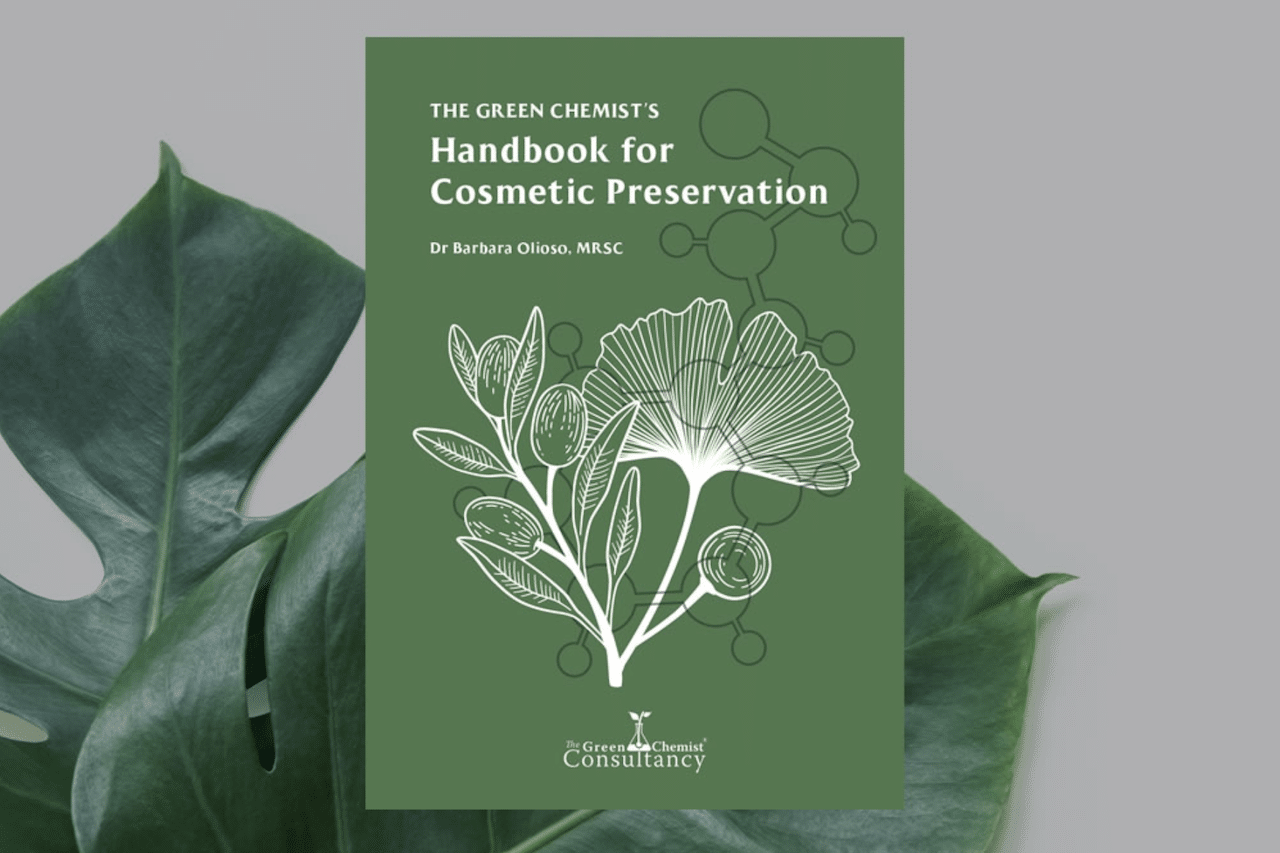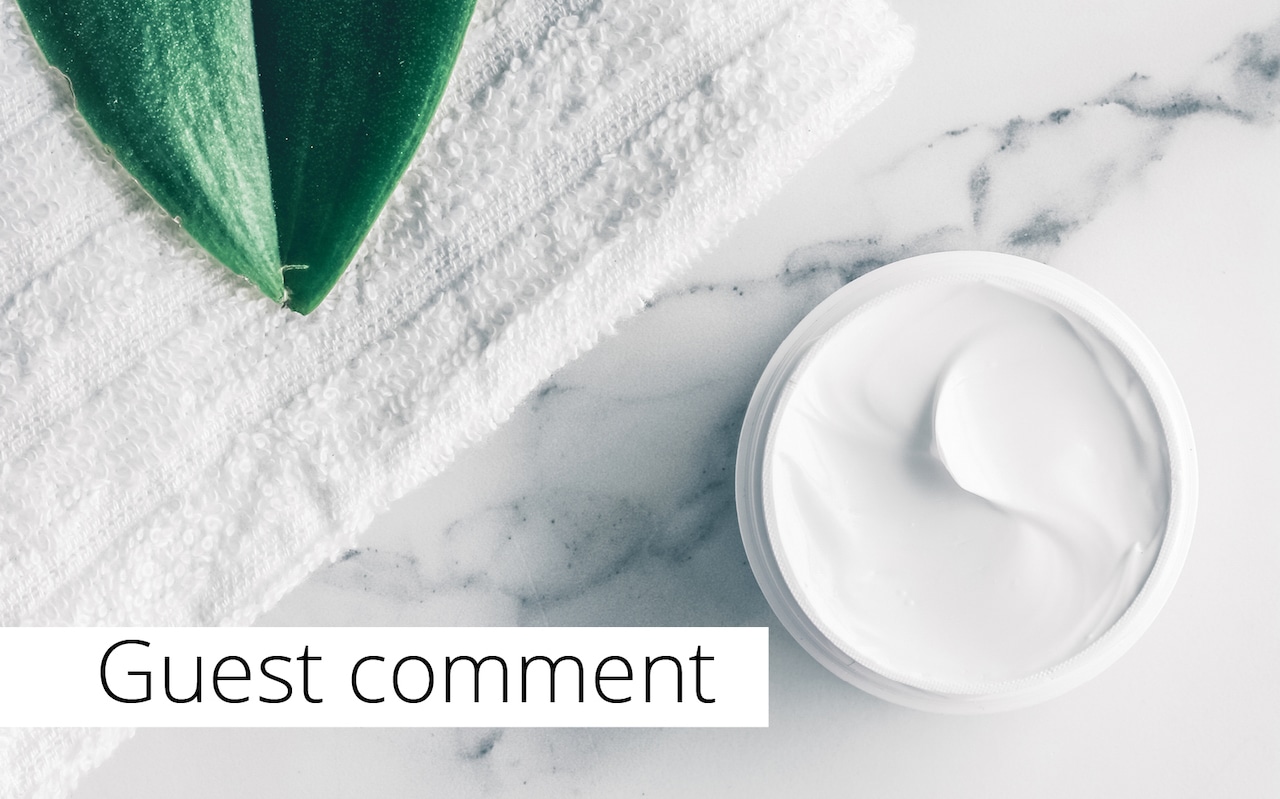Dr Barbara Olioso introduces The Green Chemist’s Handbook for Cosmetic Preservation, bridging consumers’ green values with safe and performing cosmetics
Nowadays many consumers buy into cosmetic products that resonate with their green values. They want to use healthy, natural products without damaging the environment. Because of the bad press associated with preservatives such as parabens and formaldehyde donors, the free-from parabens mark has become a shortcut and a symbol for natural and safe products. This is probably the most common green claim used in beauty products, and a driver for purchase.
Unfortunately, life – and science – is not as simple as this and cosmetics without such substances still require an antimicrobial system in place, to make them safe during use.
Cosmetics are not like food; they tend to have a much longer shelf life and high water content. Despite the skin being a good barrier, it was not designed to cope with cosmetics in the way that our digestive system was designed to process food. For this reason, it is important to apply products on the skin that are microbiologically safe.
My sweet spot solution between microbiologically safe beauty products and green consumers’ values is to use green chemistry ingredients that are plant-derived and have consistent antimicrobial activity. Green chemistry is simply chemistry with a circular mindset, minimizing waste and promoting the use of renewable materials to produce safe and effective materials without polluting at the end of their life.
In the last 20 years a lot of innovation has been going on in the industry and for this reason I decided to share it in the form of a handbook, so that retailers, cosmetic formulators and other people within the industry can easily find them and see there are good green alternatives available for the cosmetic industry to work with. In the handbook there are over 200 ingredients listed with information about their natural origin, COSMOS compliance and solubility, along with trade names and suppliers to start contacting for samples, availability and additional information.
My sweet spot solution between microbiologically safe beauty products and green consumers’ values is to use green chemistry ingredients that are plant-derived and have consistent antimicrobial activity
The handbook also has a simple and clear introduction covering the meaning of natural and microbiology applied to cosmetics (what tests and evaluations need to be done to comply with Cosmetic Regulations). For example, there is the natural definition according to the ISO 16128, where only the origin of the molecule is taken into account, and this is expressed by a simple numeric index that indicates the amount of natural origin in an ingredient. This is a simple and easy way to communicate the natural content, however the natural origin by itself would not satisfy other green consumers criteria. For this reason, the COSMOS standard takes into account other criteria such as GMO, nano technology and palm derivatives. Because we do not know the environmental impact GMO crops and nano technology materials have, COSMOS avoids them out of precaution.
There is also great concern in consumers about deforestation caused by palm plantations. A lot of cosmetic ingredients are derived from palm kernel oil and it would be very difficult to avoid them. Even avoiding them would not be ideal because, from a production point of view, this crop is very efficient. The most practical solution available at the moment is to use certified sustainable palm oil derivatives. The RSPO is the most recognized certification scheme for palm producers and processors – a standard with social and environmental criteria aiming to protect biodiversity and human rights. The entry point for RSPO certification is ‘Mass Balanced’ (MB). This means, for example, that mass balanced glyceryl caprylate comes from two main sources: 50% by weight from a sustainably certified plantation and producer and 50% from another source.
COSMOS, along with NATRUE, is now requiring a lot of palm derivatives to come at the very least from a certified mass balanced origin. This is really helpful in increasing the demand in sustainable palm oil derivatives, driving more growers towards this scheme.
I hope this handbook facilitates not only the development of greener beauty products but also more meaningful conversations among beauty brands, formulators, retailers, health practitioners and consumers.






